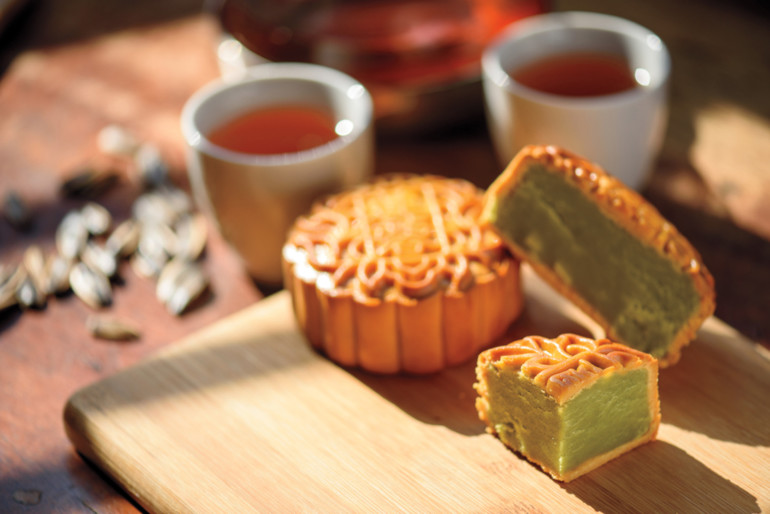The African diaspora celebration of Kwanzaa happens throughout the last week of December, culminating in a New Year’s Eve feast that may include grits, collard greens, jerk chicken or Brazil’s national dish of stewed black beans called feijoada.
Western Christians top off their holiday season with Twelfth Night on January 6, eating a cake — anyone finding a bean or pea baked inside is proclaimed king or queen for a day — honoring the day the three kings arrived in Bethlehem.
Eastern Orthodox Christians observe Christmas the next day, January 7, with a festive potato, egg and pickle dish called Olivier salad and meat dumplings known as peljmeni. On January 13, many people of northern Indian descent mark the festival Lohri with a bonfire ceremony where popcorn and peanuts are thrown into the fire. And much of Asia salutes the Lunar New Year, this year on January 25, with dim sum and moon cakes.

Christina Mueller is a long-time Bay Area food writer. She hails from the East Coast and has spent way too much time in South America and Europe. She discovered her talent as a wordsmith in college and her love of all things epicurean in grad school. She has written for Condé Nast Contract Publishing, Sunset, and the Marin Independent Journal, among others. She volunteers with California State Parks and at her childrens’ schools, and supports the Marin Audubon Society, PEN America, and Planned Parenthood. When she is not drinking wine by a fire, she is known to spend time with her extended family.


